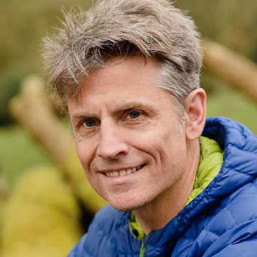Say hello to (possibly) the world’s only documenterd, wild-born grey seal twins.
Christened C-3PO and R2-D2, they were found as orphans on sand dunes near East Winch, on the Norfolk coast, and taken to the nearby RSPCA wildlife rescue centre.
This was back in December – but it is only now that DNA results have established what some RSPCA staff suspected: that the seals hadn’t just shared an unfortunate start to their lives, but the same mother.
“We’ve done a bit of checking,” said a spokesperson for the RSPCA, “and we found that twins have been born in captivity and that female seals have been found dead carrying twins, but we couldn’t find any record of twins being born in the wild.”
Well, that may be true. Grey seal twins were were thought to have been born on Brownsman’s Island (part of the Farne Island group) in 2012.
Trust staff observed that two pups were brought up and successfully weaned by one female, but DNA samples did not conclusively prove they were twins.
And a research paper dating as far back as 1982 uncovered 42 documented cases of twins in the Pinniped (seals, sealions and walruses) group, of which 7 were in grey seals.
The paper doesn’t mention whether these were born in captivity, though it does say that there have also been verified cases of triplets in captive grey seals.
“The reproductive biology of pinnipeds does not favor twins, and their occurrence is rare, but probably not so rare as currently believed, because many observations are not published,” the paper in the Canadian Journal of Zoology stated.
Aside from the interesting science of twins (or not), there is a darker side to the story of C-3PO and R2-D2, as East Winch manger Alison Charles explained: “It is a shame when pups have to be rescued by us because their mother has been disturbed by people,” she said. “It just seems so unnecessary.”
More information about grey (and harbour) seal biology from Scottish Natural Heritage
